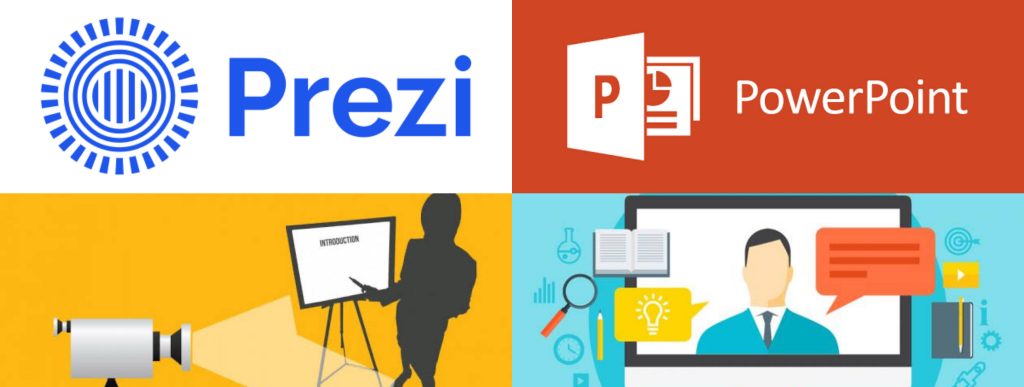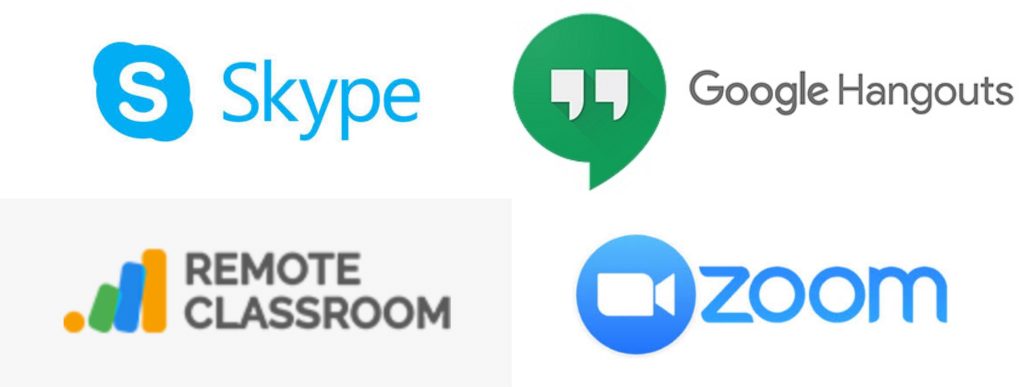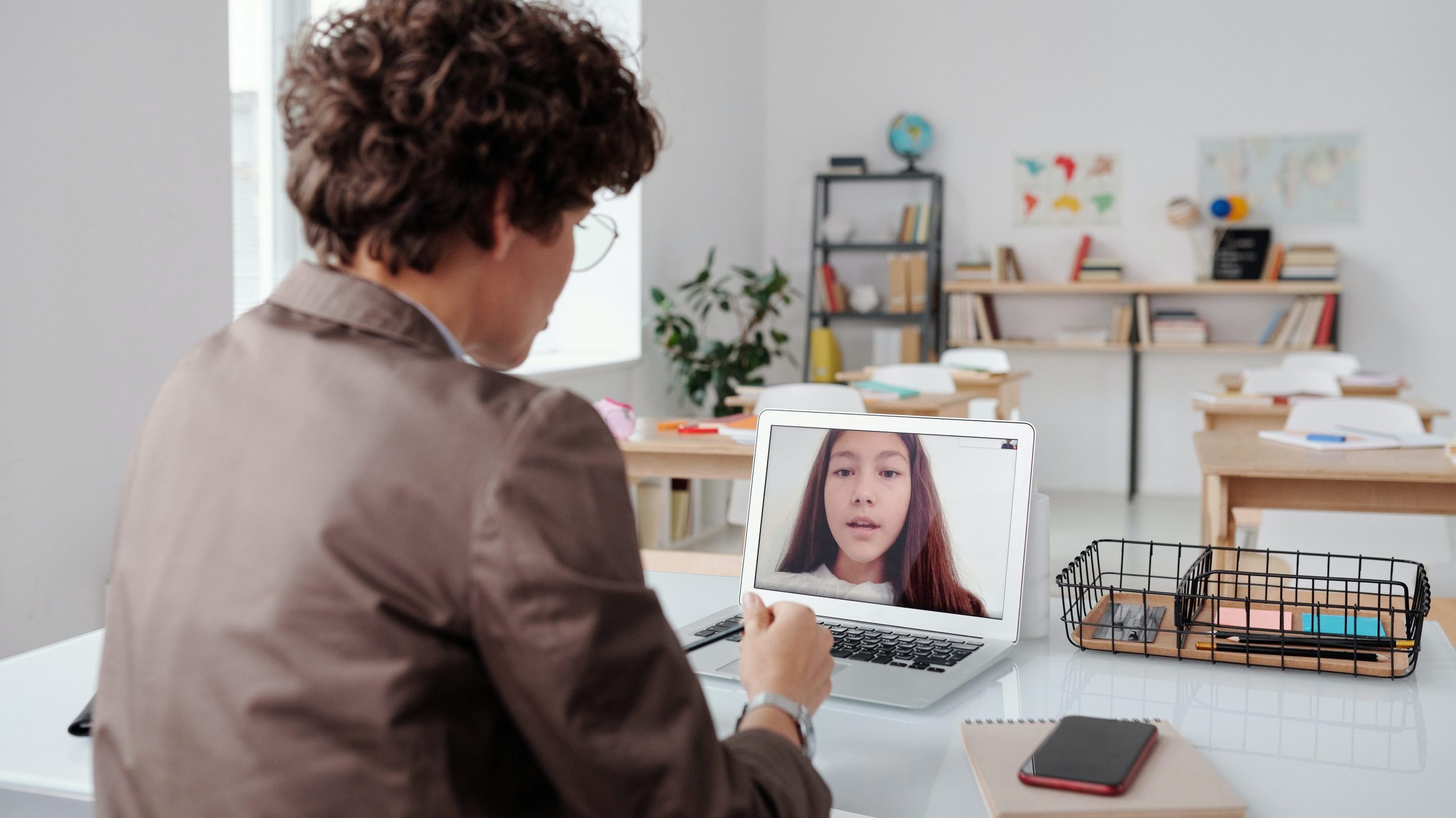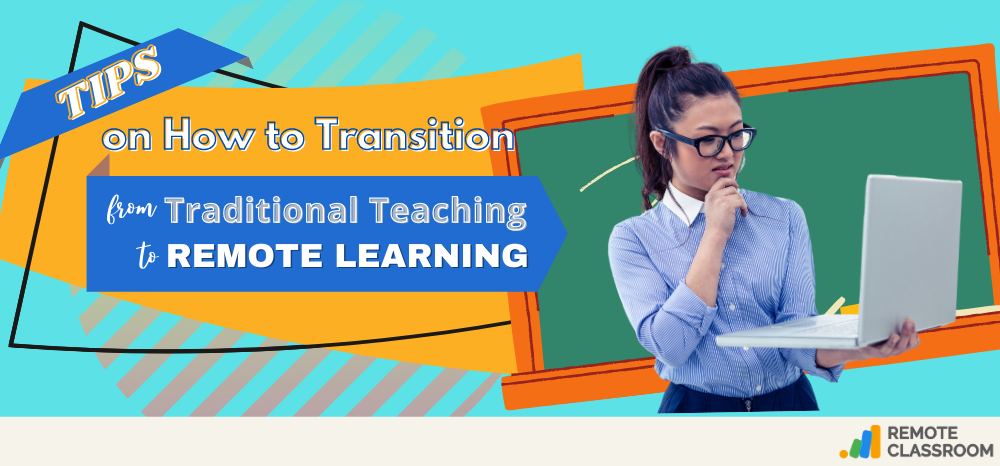Adapting to Change
The transition from traditional teaching to remote learning may be a surprising change for all of us.
As it relates to our current state in education, it is essential to offer students, parents, and also educators in this system some time to replicate and ponder their next steps. This is because none of us have ever gone through this tremendous shift before.

Teachers face a challenge when dealing with facts or circumstances that are constantly changing: how to create plans that are versatile and agreeable from the start.
Although changing in a very short amount of your time could seem very big, teaching ways, tools, and technologies are already easy to get to, use, or understand.
Tips and Tricks to an Easy and Effective Transition
While the recent existing all over a large area in transition from traditional teaching to remote learning is unfamiliar for many, some of the key skills and ways of doing things are often learning and perfect to satisfy the present and very important challenge.

All students have the potential to excel in online learning, but how they approach the courses and how they are taught matters. Since teachers are within the business of teaching and learning, it’s a plus.
Here are the top tips to get started and prepare your students for success:
1. Be open to acquiring new information
As teachers, you are comfortable with being complete in their fields. Opposite from what’s expected, if you’re doing online teaching, keep a beginner’s way of thinking.

More than that, you’ll be able to understand that the transition from traditional teaching to remote learning will be developed and grow with worry (about the future)/capture, training, and skills.
Also, you should keep your dedication in teaching obvious while getting new knowledge and skills that are extremely important for today’s modern learners.
2. Utilize technology
As our teachers are producing this quick transition from traditional teaching to remote learning, you don’t get interfered with technology. The goal is to make use of technology to reach modern education.
More than that, a learning management system (LMS) and therefore the easy to get to, use, or understand tools aren’t replacements for instructors who are full of knowledge, trusted, and able to do something well.

Technology tools of engagement are simply that–tools aren’t the particular engagement itself. Keep your priority exactly on learning.
3. Make use of both asynchronous and synchronous tools
The online setting offers access to a range of tools and useful things/valuable supplies. Asynchronous tools don’t happen in a period (discussion boards, Prezi or PowerPoint shows, (recorded before the event) lectures, (sets of audio/video files), and social media options); permitting learners to access lessons at the time, pace, and place of their other choice.

On the other hand, synchronous tools support a period of communication plans (web-conferencing, Skype, Google Hangouts, Remote Classroom or Zoom); giving immediate engagement, change feelings of being completely separated from others, and making a way of community.

Think about each approach, and then how your method and student fit to secure/make sure of you reach your teaching goals.
4. Carefully study and retest face-to-face teaching ideas, success plans, and/or ways of reaching goals
Change face-to-face and learn ways of doing things into your content. This creates the most effective improvement of the remote medium as a particular communication forum.

Come out activities that are course-related and important to your students. And thoughtful incorporation of visual mental (putting pictures into your mind) and sound can bring across content effectively, creating ideas easy to understand and recall.
5. Promise to convenience and apply the appropriate system (process of figuring out the worth, amount, or quality of something)
Not all of your students have alike access, so it is necessary to point out the technology demands and needs. In other words, have each student make sure that they need access to everything that’s demanded.
Besides, all content should be complete and thorough by producing different and many opportunities for communication, engagement, and challenge.

Make sure that your students perceive all the expectations and needs. It’s helpful to offer to watch communication that may enable them to know about online communication technology.
Because of this, be able to do many different things well within the plans that all information is introduced and therefore the plans and strategies during which your students will respond to or show their understanding and skills. In this manner, you are not missing any person’s polarities in terms of learning abilities and preferences.
Read: How Remote Learning on Digital Age Works for Kids
6. Always be present
Make sure to respond to all student requests and questions as before long as you’re ready, during this approach you are not leaving your students hanging.

After that, you can show that you are polite in their learning by asking for their reactions to something and/or helpful returned information and creating changes at the same time.
7. Review your strategies and actions
Each day you’ll be successfully growing larger and worry about the future and/or capture of the advanced challenges and hurdles that happen in online learning.

You will develop understandings of the way to manage more thoughtful and very interesting remote learning things that are near and around something, and success plans to extend opportunities for moving ahead and progress.
Read: List of Remote Learning Companies for Online Teachers
You can also watch this video for more information on how to start remote learning.
In a Nutshell
Even though schools’ plans are shifting endlessly, there are ways during which teachers will prevent changing and redoing their ways of reaching goals to change from traditional teaching to remote learning.
The very important factor that we can do is to work along – to find communities of teachers in areas wherever we will work together, wherever you’ll share your useful things/valuable supplies and ideas.
Remote Classroom is an excellent computer program that will help teachers to be organized and be ready with the change from traditional teaching to remote learning. It would be easy for them to change a little and get better simply and mainly study more on what’s important: education.
#remoteclassroomph
#remoteclassroom
#remotelearning
#remoteeducation
#remoteschools
#onlineteachers
#onlinetutoring
#virtuallearning
#lifeschooling
#intentionalschooling
#virtualclass
#onlinelearning
#homeschooling
#virtuallearning
#onlineschools


